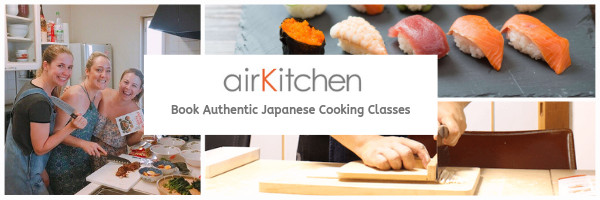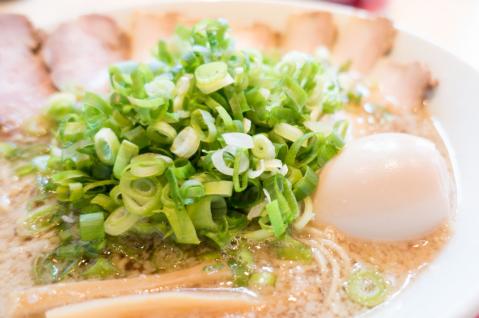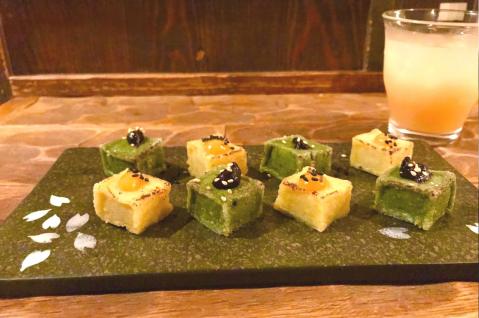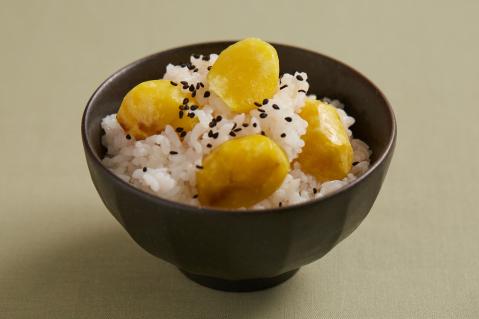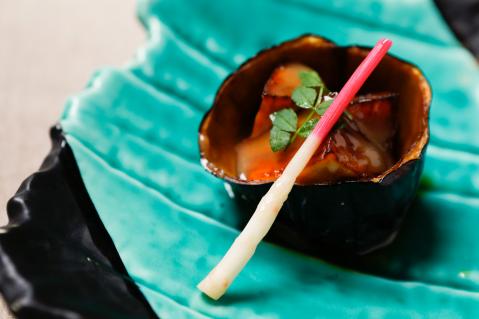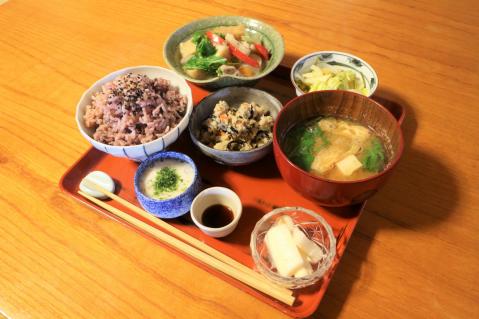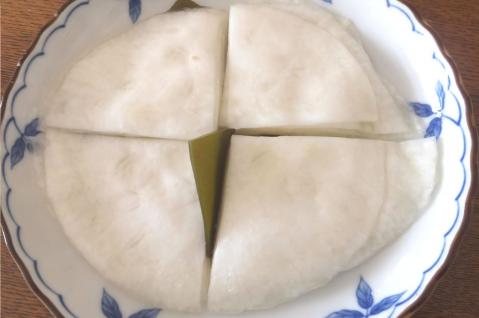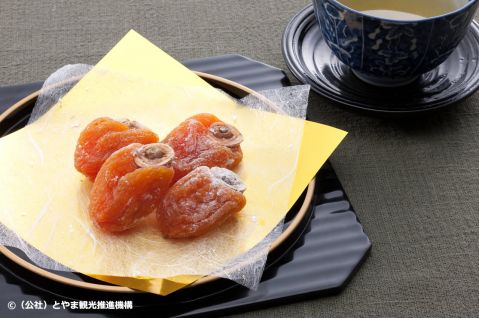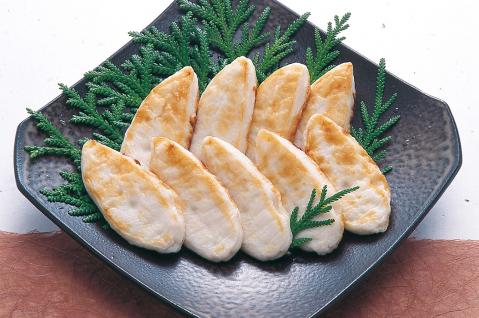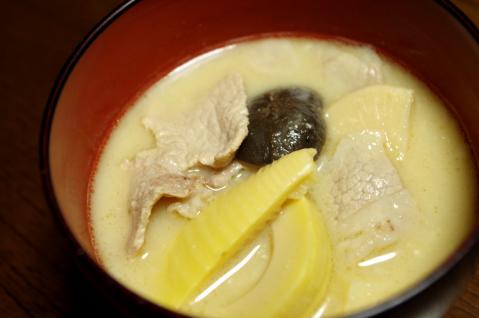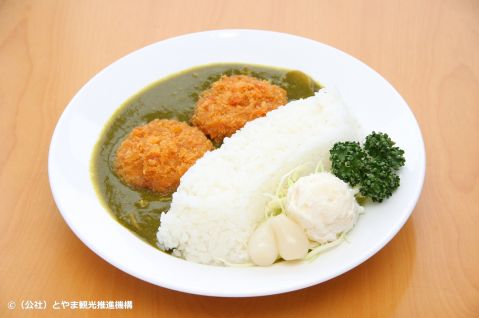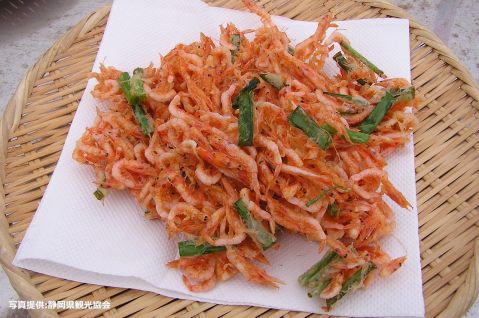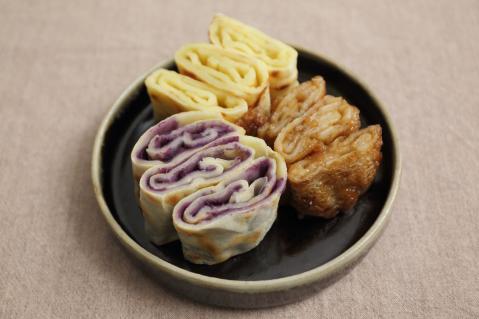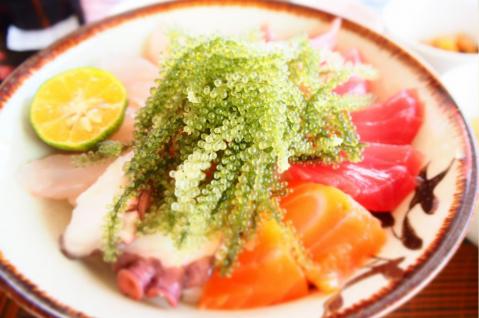Kibi Mochi, Awa Mochi, and Tochi Mochi
Unique flavors with a touch of rustic charm
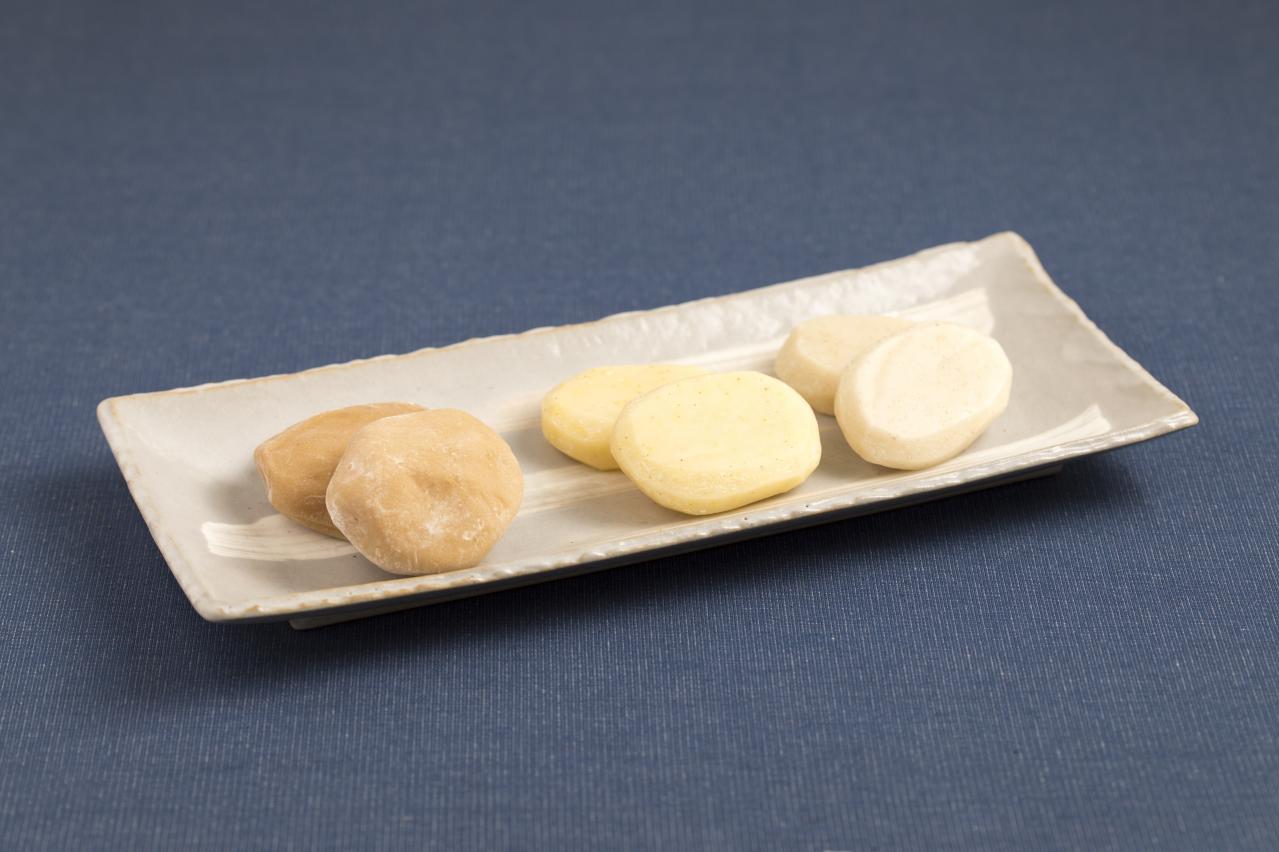
About Kibi Mochi, Awa Mochi, and Tochi Mochi
Kibi Mochi, Awa Mochi, and Tochi Mochi are traditional delicacies originating from Kyoto Prefecture, especially in its mountainous regions stretching from the Tango and Tanba mountain ranges in the north and central areas. These areas consist of smaller plains surrounded by mountain valleys, where rivers like the Katsura River meander through the terrain, creating a landscape dotted with satoyama, or rural countryside.
In these sparsely cultivated mountain regions, where rice and wheat were historically scarce, people turned to millet like kibi (foxtail millet) and awa (proso millet) as well as nuts such as tochi (horse chestnut) to make mochi (rice cakes). These mochi were once consumed as a staple food during times when rice was difficult to harvest. Today, while millet cultivation has become rare due to the improved and more easily grown varieties of rice, these grains have gained renewed attention for their rich nutritional value, promoting them as a healthy food choice.
Tochi nuts, harvested between September and October, are used to make Tochi Mochi, which is traditionally enjoyed during this season. Kibi Mochi and Awa Mochi, on the other hand, are commonly prepared towards the end of the year and are often eaten during New Year celebrations, preserving a time-honored tradition of enjoying millet mochi in the region.
Related videos
Reviews
There are no reviews yet.
Regional cuisine of Kyoto region
Japanese Cuisine - Local cuisine
Kind of food
Recommended
-
![Sea Grapes Seafood Bowl]()
Sea Grapes Seafood Bowl
Okinawa / >Don dish -
![Kitakami Croquette]()
Kitakami Croquette
Iwate / >Tenpura -
![Miwa Somen]()
Miwa Somen
Nara / >Soba & Udon -
![Coconut Crab]()
Coconut Crab
Okinawa / >Seafood -
![Mihara Octopus Rice]()
Mihara Octopus Rice
Hiroshima / >Don dish -
![Mikan Mochi]()
Mikan Mochi
Wakayama / >Local cuisine -
![Deep-Seawater Purified Oysters]()
Deep-Seawater Purified Oysters
Toyama / >Seafood -
![Ureshino Onsen Yudofu]()
Ureshino Onsen Yudofu
Saga / >Local cuisine
